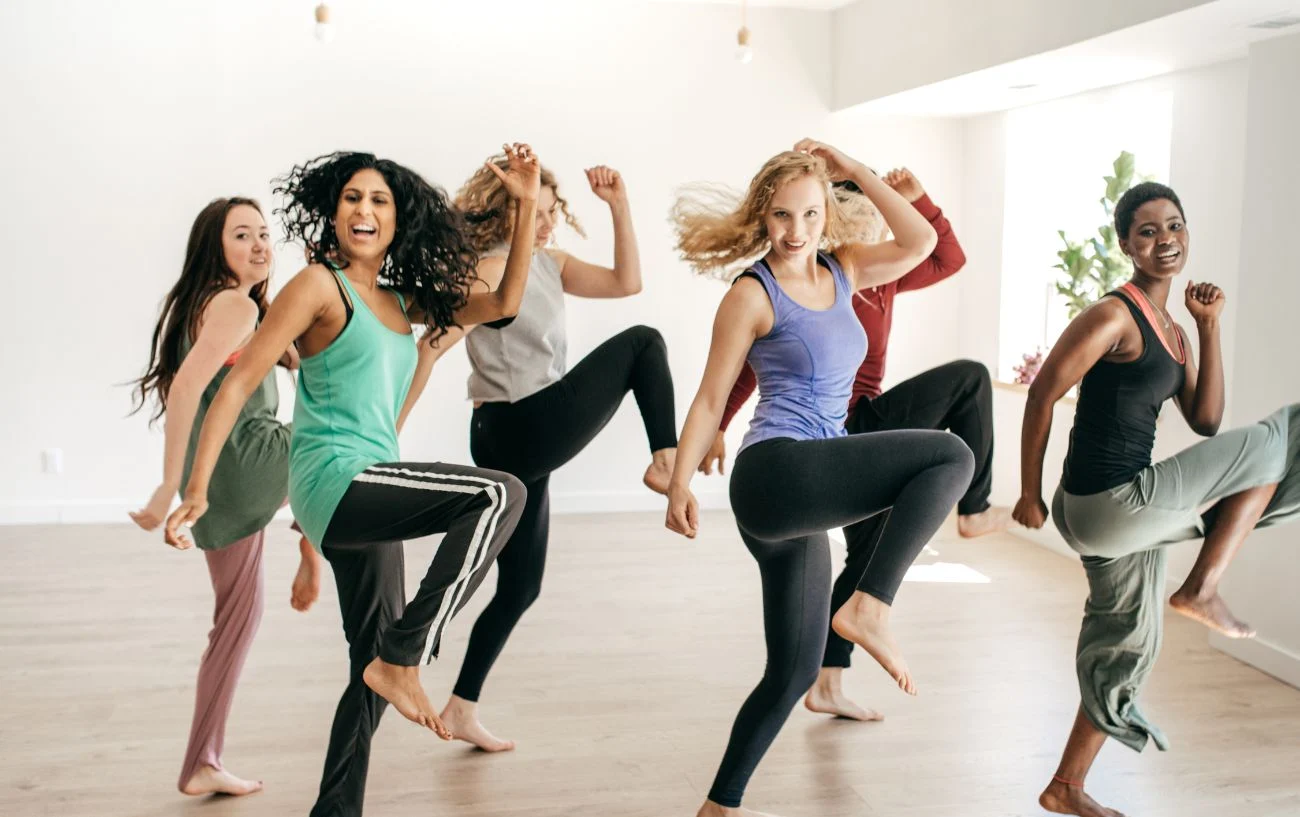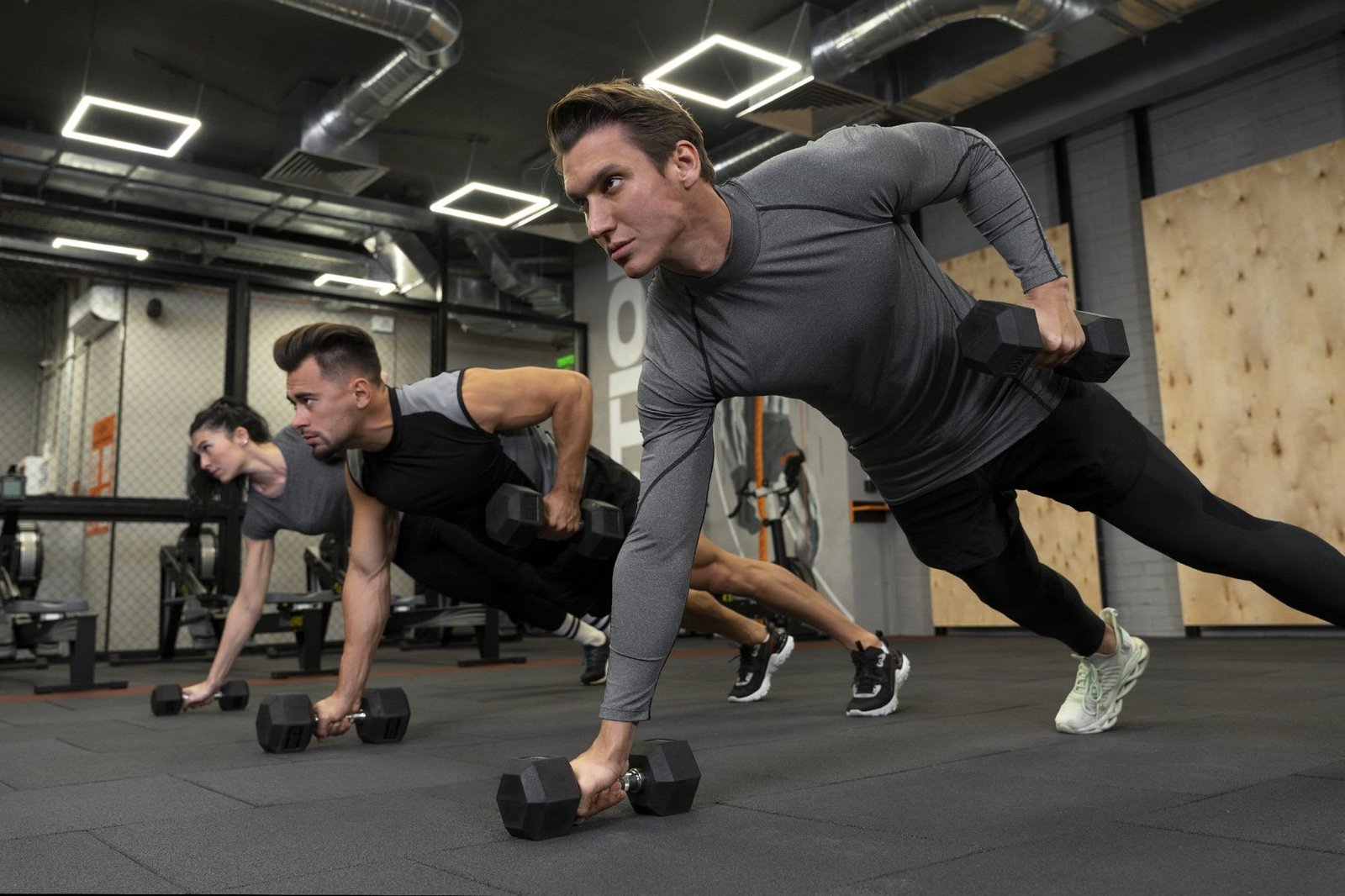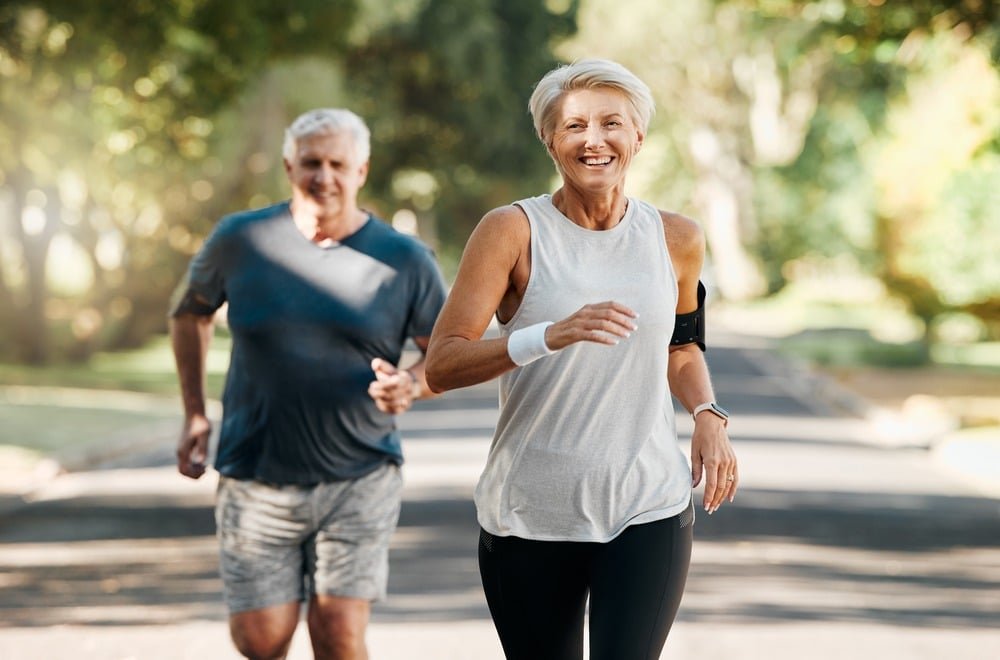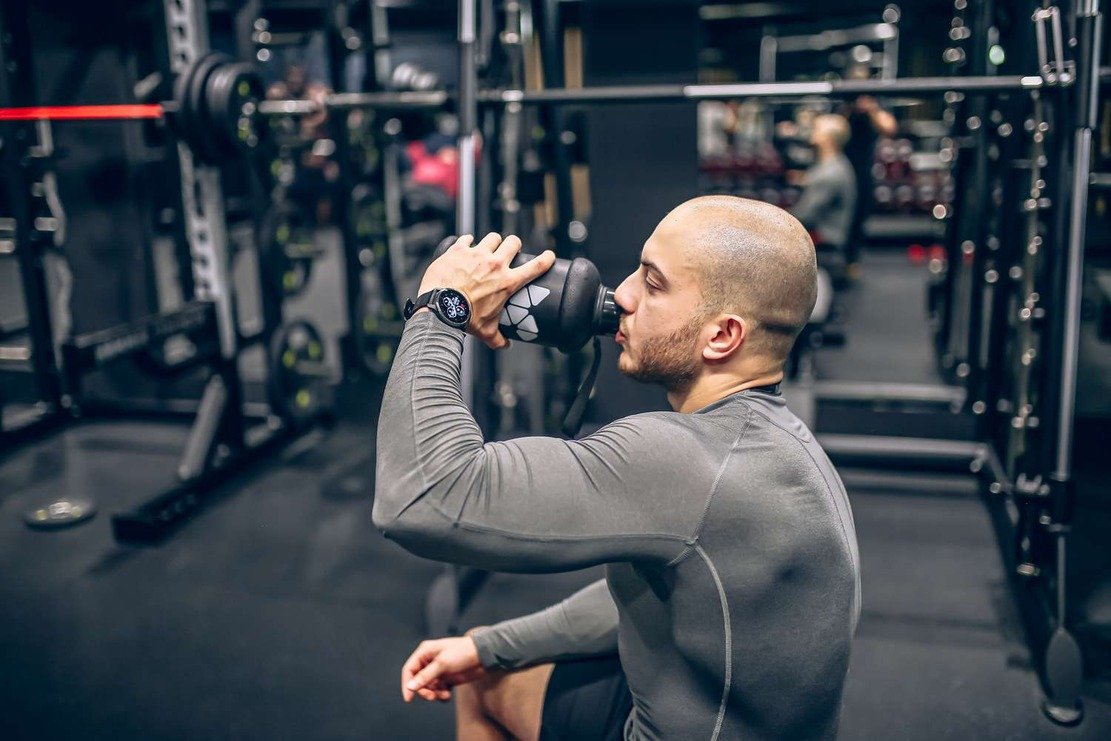
Fitness exercises are essential for maintaining a healthy lifestyle. They strengthen the body, improve mental health, and support overall well-being. With so many types of exercise available, it is difficult for both beginners and experienced individuals to select the best type. Understanding how different fitness exercises affect your body will help you create a workout routine that fits your lifestyle, your health goals, and your preferences.
Understanding Cardiovascular Exercises
Exercises like cardio improve your cardiovascular system and increase your heartbeat. Running, cycling, swimming, and brisk walking are all examples of these exercises. Cardio exercise is great for burning calories, increasing endurance, and reducing heart disease risk. The release of endorphins—natural mood boosters—also helps to support mental health. Cardio is perfect for people who want to lose fat, increase stamina, or improve heart health. The intensity and type should depend on your fitness level and physical condition.
Strength Training has Many Benefits
Strength training is a crucial form of exercise that focuses on improving muscle mass and strength. Strength training includes weightlifting, resistance bands, and bodyweight exercises such as squats or push-ups. Strength training is not just for athletes but for everyone. It helps maintain bone density and metabolism while reducing the risk of injury. Beginners should start off with lighter weights or resistance band exercises and gradually increase intensity as they adapt. Strength training is a beneficial choice for anyone who wants to tone up their body, increase physical power, or build lean muscles.
Exercises to Improve Flexibility and Mobility
Exercises that improve flexibility and mobility are often ignored, but they are vital for preventing injury and improving movement. Yoga, Pilates, and simple stretching are all excellent workouts to improve flexibility and mobility. These exercises promote better posture and help reduce stiffness and loosen up tight muscles. These exercises are especially important for people who spend long hours sitting or do repetitive tasks that put strain on certain muscle groups. Anyone looking to improve their balance, reduce stress, and improve physical performance can benefit from flexibility exercises.
Balance and Stability Training
Balance exercises are important, even as we age. These exercises strengthen your body’s coordination and stability. Tai chi, standing with one leg, or using stability ball exercises can help improve coordination and strengthen core muscles. Balance training reduces the chance of falling and improves daily performance. Balance exercises can improve the quality of life for elderly people or those who are recovering from an injury.
High-Intensity Training
HIIT (High-Intensity Training Intervals) has gained popularity in the fitness industry. It involves intense bursts followed by periods of light or rest. Running, jumping, cycling, or bodyweight exercises can be included in HIIT workouts. This workout effectively burns fat quickly and enhances cardiovascular fitness. People with hectic schedules can benefit from HIIT. They get a quick and effective workout. It may not be appropriate for those who are beginners or have certain health conditions. Therefore, adjustments may be needed.
Low-Impact Exercises
Low-impact workouts are ideal for those who want to remain active without overworking their joints. Low-impact exercises include swimming, walking at a slower pace, cycling, and water exercise. These exercises are easy on the body but still provide cardiovascular and muscle benefits. Low-impact exercise is perfect for people who have arthritis or are recovering from an injury. Low-impact fitness allows people to maintain their regular routines while avoiding further injury to their bodies.
Sports and Recreational Activities
Tennis, basketball, soccer, or dance classes combine physical activity with fun. Sports improve cardiovascular health and coordination while providing social interaction. They also reduce stress. Recreational activities can be a beneficial option for people who are bored with traditional exercises and wish to remain motivated through group activities. Sports can be a great option for those who thrive in a competitive or social environment.
What Exercises Are Best for You?
The best fitness exercise for you will depend on your goals, health status, and personal preferences. If you want to lose weight, HIIT and cardio workouts may be the best for you. Resistance training is the best way to tone and build muscle. Yoga or Pilates can be a good choice for stress relief and flexibility. Low-impact exercises can be beneficial for people recovering from an injury or with joint pain. It is important to choose exercises you enjoy. These activities will increase your commitment and consistency. To avoid burnout and injury, it is important to listen to your body. Gradually increasing the intensity will help you to do this.
Conclusion
Fitness exercises are available in many different forms. Each one offers unique benefits to health and well-being. Each exercise plays a vital role in promoting a healthy lifestyle, whether it is cardio for heart health or strength training to build muscle. It’s important to select exercises that are in line with your goals, abilities, and preferences, while also maintaining consistency. Understanding the different types and trying out what feels good for your body will help you create a fitness regimen that not only keeps you fit but also energizes and motivates you in everyday life.
FAQs
1. Which type of exercise is the best for beginners?
Beginners can start by doing low-impact cardio exercises like walking. They should also do simple strength and stretching to create a solid foundation.
2. How many times per week should I exercise?
Experts recommend that you combine two days of strength training with 150 minutes of moderate or 75 minutes of vigorous activity per week.
3. Can you mix up different types of exercise?
Combining cardio, strength, flexibility, and balance exercises creates an all-round routine that is beneficial to the body.
4. Is HIIT a safe form of exercise for everyone?
HIIT is very effective, but it may not be appropriate for people with certain health conditions. It is best to consult a physician before beginning.
5. Do I need equipment to do strength training?
Not necessarily. Exercises like planks, push-ups, and squats that use your body weight can be highly effective.



